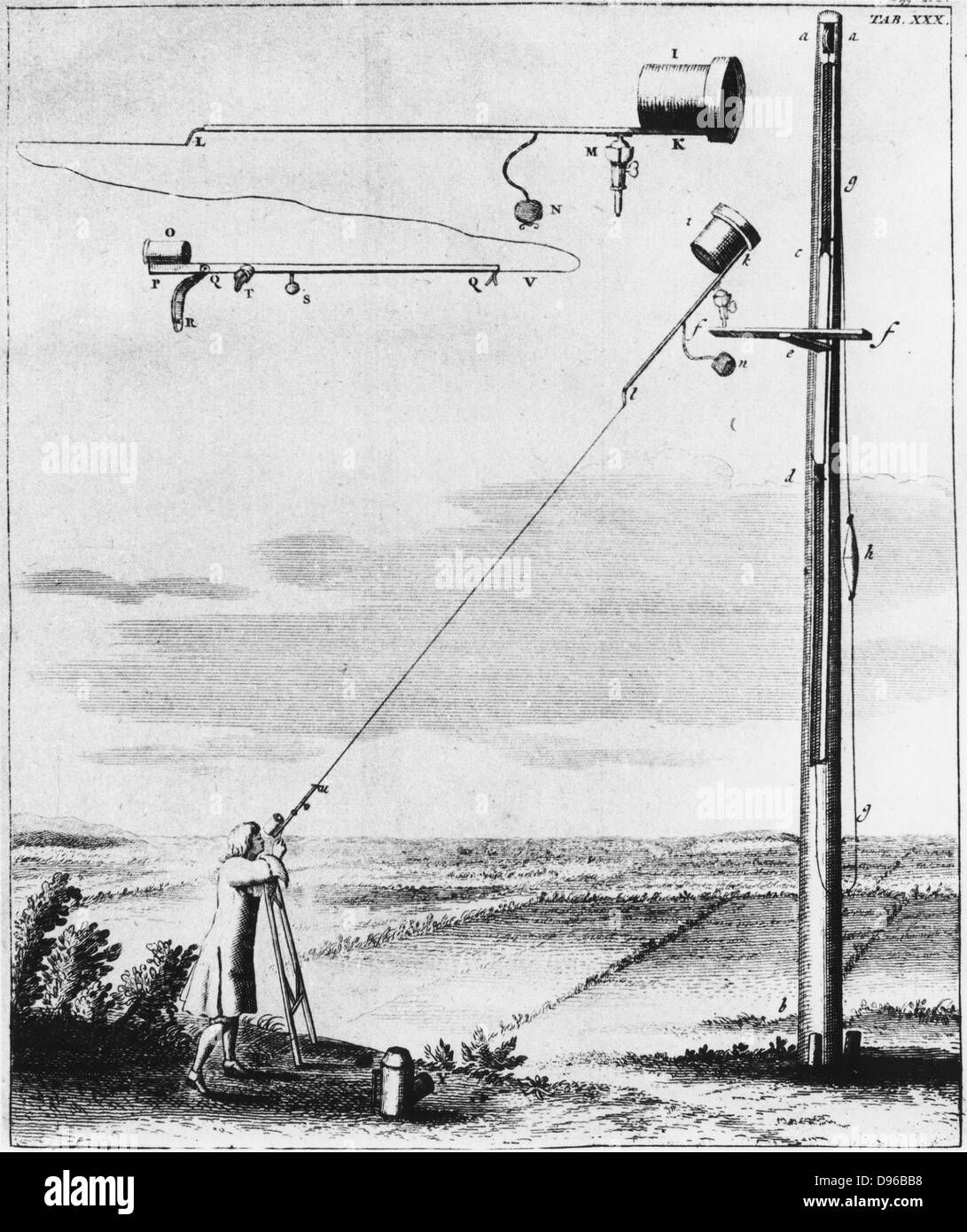
Galileo's best refractor was able to magnify an object 30 times. The convex lens inside of a refractor is used to spread out the light from the concave lens in order to see a clearer view of a faraway object.Īlthough refractor lens are still used in small telescopes, they are better used in binoculars and gun scopes. The concave lens inside a refractor focuses the light given off by an object into one focus point. There are two lenses inside of a refractor: a concave lens and a convex lens. Refractor telescopes should be no longer than 40 inches in order to be easy to use. In 1733, an achromatic lens was developed that corrected some of the distortion of the normal refractor lens. The farther apart the lenses are inside of refractor, the clearer the image will be.Īt one point, Johannes Hevelius built a refractor that was 158 feet long and was very difficult to use. Installed in 1897, it was the largest refracting system in the world. The last significant one to be built was the 1-metre (40-inch) refractor at Yerkes Observatory. Refractor telescopes, too, underwent development during the 18th and 19th centuries. The refracting telescope that was used by Galileo was less than 2 inches long. In telescope: Evolution of the optical telescope. Refractors are outdated because their image can sometimes be distorted and blurred.Īlthough refracting telescopes are seemingly outdated, they are the better option for a beginning sky observer. The largest size of any one lens in a refracting telescope is 1 meter. The largest refracting telescope was built in 1897. The largest refracting telescope in the world is in Wisconsin. Basically a refracting telescope uses an eyepiece and a lens to gather more light in order to construct a brighter and clearer picture of an object. During the following year, Galileo improved the refracting telescope and used it to study the sky. These types of telescopes were the first to be used and were developed in 1608. It is still close though, hence the name, "quasi-RC".A refracting telescope, or refractor, is one that uses lenses to produce an image. Because the mirror shapes have changed, the 2 mirrors alone no longer are a Ritchey-Chrétien telescope in the strict definition of the design. In the design of LCOGT's 1.0 meter telescopes, the shape of the mirrors has been changed a bit in order to find a more optimal optical design for the system as a whole. A true Ritchey-Chrétien has a hyperbolic primary and a hyperbolic secondary mirror. LCO's 1.0 meter telescopes are quasi- Ritchey-Chrétien telescopes. Schmidt-Cassegrain telescopes use a spherical mirror with a correcting plate that corrects the focus. Some telescopes use a combination of mirrors and lenses. Mirrors in modern telescopes area made in various shapes to correct for these errors. A spherical mirror surface is relatively easy to make, but different parts of a spherical mirror have slightly different focal lengths, so images will be fuzzy. However, images from a parabolic mirror will have a defect called coma, where images far from the center of the field of view are elongated. Parabolic mirrors will focus all incoming light rays to a single point. Also, unless the mirrors and other optics are kept at the same temperature as the outside air, there will be air currents inside the telescope that will cause images to be fuzzy.ĭifferent reflectors use different shapes of mirrors. Because they are normally open, the mirrors have to be cleaned. Reflecting telescopes have a few disadvantages as well. The are also easier to mount because the back of the mirror can be used to attach to the mount. Mirrors don't cause chromatic aberration and they are easier and cheaper to build large. Reflecting telescopes have many advantages over refracting telescopes. This arrangement is useful when optical equipment is being used that is too heavy to mount directly on the telescope. Coudé telescopes use a convex secondary mirror like a Cassegrain and an angled mirror like a Newtonian reflector to move the light rays to a focal point away from the telescope. Prime focus telescopes have no secondary optics and the observer or camera observes the image from near the focal point.

Cassegrain reflectors have a convex secondary mirror and a hole in the middle of the primary mirror. There are several other types of reflectors that solve the issue of where to focus the light in different ways. One is called a Newtonian reflector, where a flat mirror is used to point the light rays out to an eyepiece. This focus is directly in the path of the incoming light, so there are several ways of making images from the mirror visible. If the surface is flat, the angle at which a beam of light approaches the mirror will be equal to the angle at which the beam is reflected, so i = r in the diagram below.Ĭurved mirrors can bend light and make parallel light rays converge to a focus. If the surface is smooth, like a mirror, the light will reflect in a predictable way. When light hits a surface that it can't travel through, it bounces back.


 0 kommentar(er)
0 kommentar(er)
